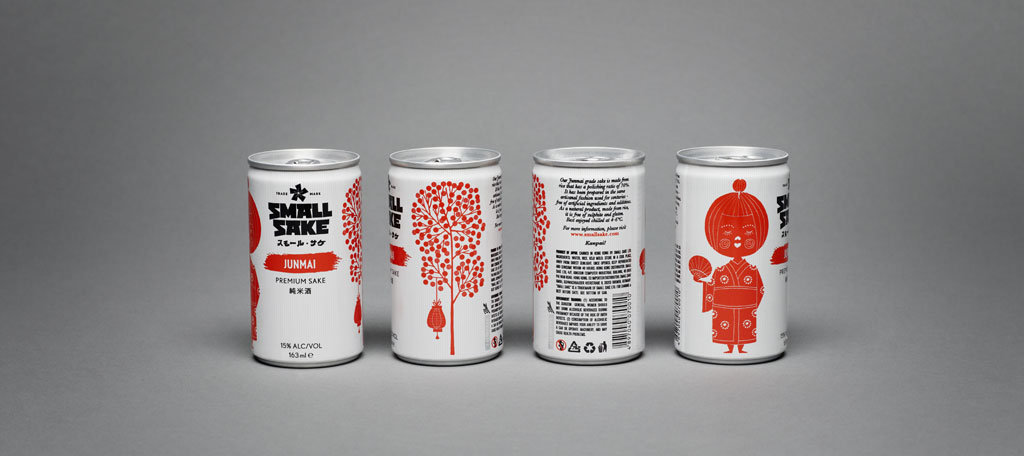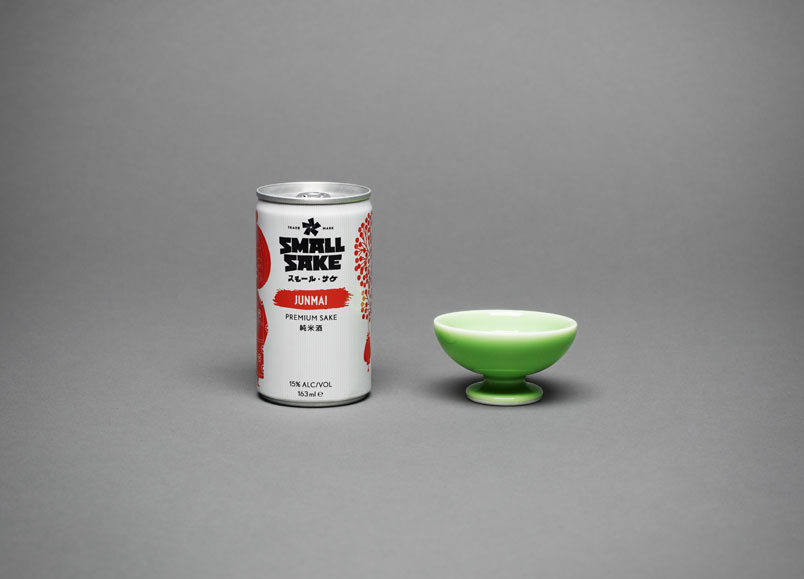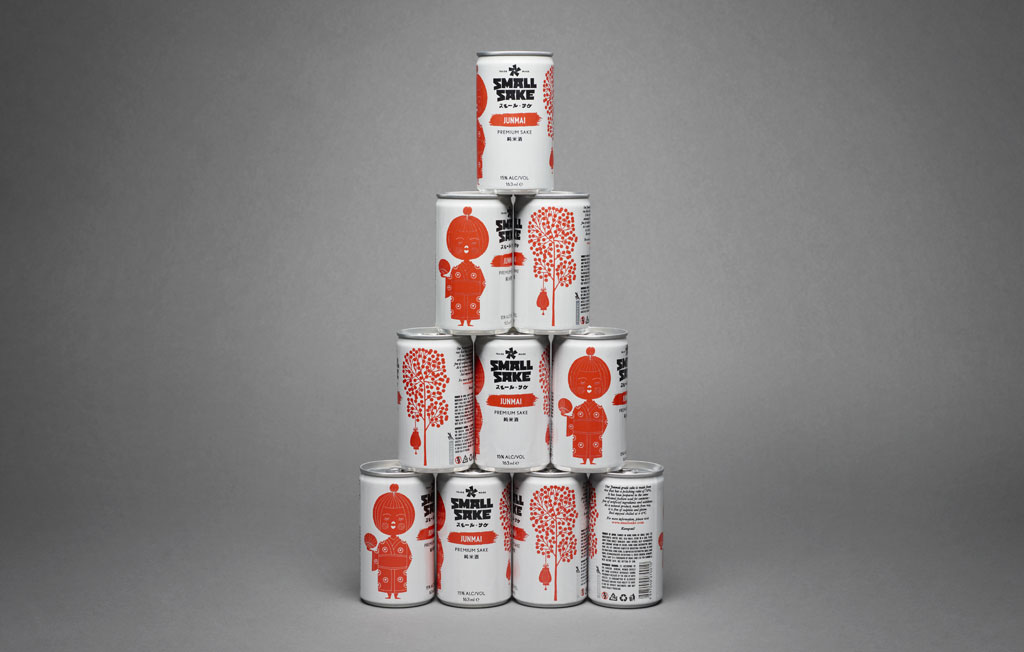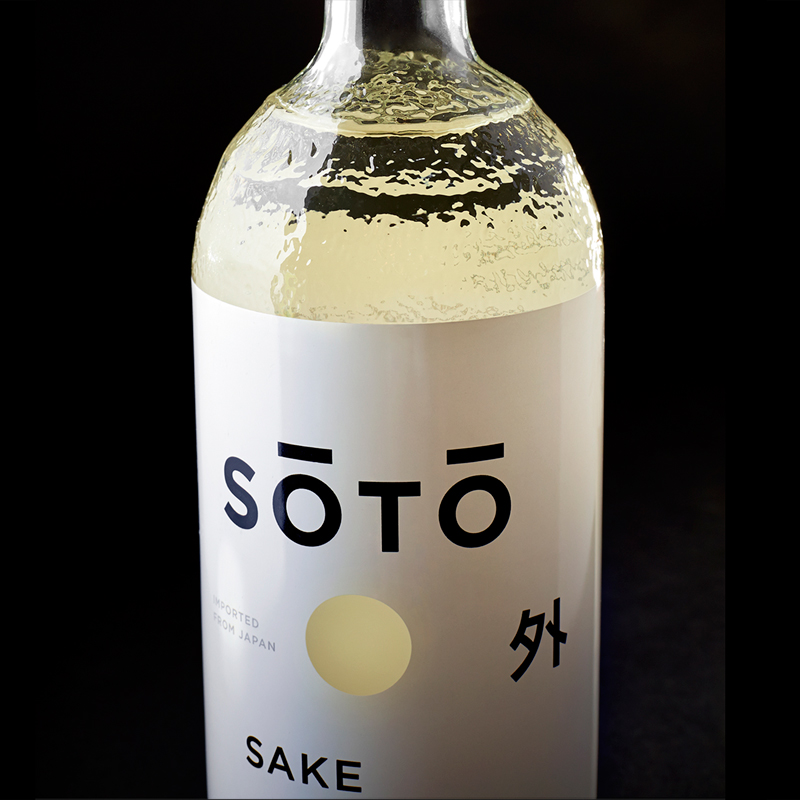Small Sake
Meet the contemporary rice wine that is quickly gaining popularity from east to west


For many Westerners, remembering one’s favorite brand of sake can be difficult due to linguistic differences. Removing that complication marks one of the core ideas behind Small Sake, a new drink from Hong Kong-based Swede, Pontus Karlsson.
Karlsson has focused on taste as much as the name of his sake, and in just a few months the fermented drink’s popularity has grown rapidly from west to east as people warm to the versatile tipple, which packs as much punch as pedigree. Standing on the same shelves as a beverage dating back more than 1,000 years, Small Sake is definitely a bit of an upstart yet the contents of the happy little can compete with the best of them. Small Sake is a Junmai (pure rice)—with a character and distinction that does not require means it to be served warm like a sake of a lesser quality, though there’s nothing to stop someone from doing so. Small Sake’s Junmai is brewed in Nara Prefecture in Japan’s Kansai area—said to be the birthplace of sake—from Hitomebore rice that has had 30% of the rice polished away (a 70% polishing ratio if you want to impress a friend or two), to leave more of the starch and less of the chaff.

Small Sake’s Junmai has a pale silver hue and a complexity to the nose with notes of nuts and tropical fruit, bought about by the superior polishing, while on the palate it bears a crisp, clear flavor from balanced acids which slow and linger. It’s a drink which sits well as a compliment to a beer, and it mixes well as part of any number of cocktails, yet in the small sake cup—quickly letting the liquid aerate—is almost certainly the best way to become acquainted with your new, exotic friend.

“It’s a strange paradox that the majority of the public associates sake as being heavy in its alcohol percentage,” notes Karlsson, explaining that this perception is more connected to the small cups normally used to drink sake. “The larger bottles sake is normally packaged in don’t really make it convenient to try. Chances are that even when you know what you are getting into, you still don’t feel like a huge bottle,” he says.
His is a new take on the tradition, a small, convenient revisit, free from the shackles of ceremony and bearing a name we can all remember. For more information about Small Sake and their stockists, you can check out their website.
Images courtesy of Small Sake.












